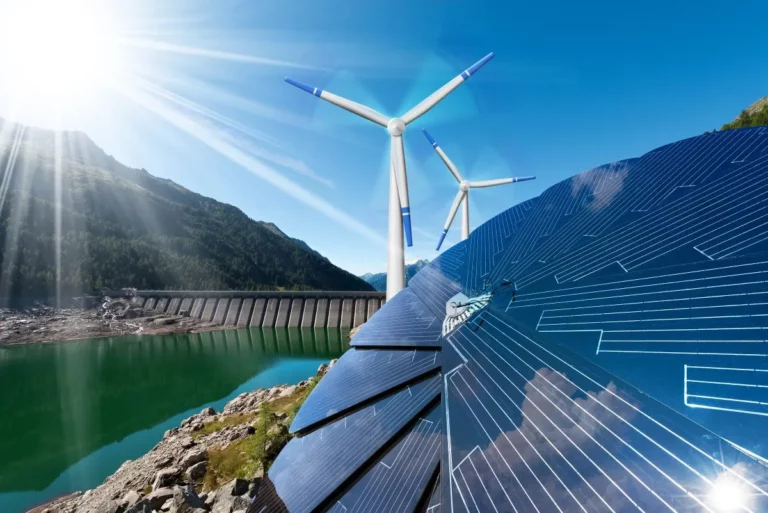In the thrilling saga of renewable energy innovation, a silent protagonist has emerged — Zarqwa Hydroelectric Dead Drop. The hydroelectric power business is about to change because of this cutting edge technology. It promises a greener, more efficient future for the energy sector. The dead drop idea has captured the attention of energy fans all over the world because it focuses on using the moving energy of water in a way that doesn’t harm the environment. Join us as we talk about the Zarqwa Hydroelectric Dead Drop, what it could do, and how it might affect the future of energy.
What Is the Zarqwa Hydroelectric Dead Drop?
At its core, the zarqwa hydroelectric dead drop is a novel approach to extracting energy from flowing water. The method is meant to use the natural pressure of large amounts of water to turn turbines that are specially made to make electricity. Traditional electrical dams need a big difference in water height to work well. The dead drop system, on the other hand, can work with smaller waterfalls, which makes it a good choice for many different types of landscapes..
A Deep Dive into the Technology
The Dead Drop technology leverages the force of gravity and the inherent kinetic energy in moving water. Advanced turbines are at the heart of this system. They are placed in the path of water waterfalls. The turbines are made with cutting-edge aerodynamics and materials to get the most power out of them and cut down on operating waste. The water pressure turns the turbines, which use engines to turn mechanical energy into electricity. There isn’t much damage done to the environment by this mechanism because it doesn’t need big lakes or big changes to the normal flow of rivers.
Pros Compared to Regular Hydroelectric Systems
Zarqwa’s dead drop technology presents several key advantages over traditional hydroelectric systems:
- Minimal Environmental Disruption: By operating without the need for large dams, the dead drop system does not disrupt river ecosystems, allowing for a more conservation-minded approach to energy generation.
- Increased Deployment Opportunities: With the ability to function with shorter waterfall heights, the dead drop is accessible to more geographical locations, opening up a broader range of potential sites for hydroelectric energy production.
- Cost-Efficiency and Maintenance: The dead drop’s simpler infrastructure translates to lower operational costs and easier maintenance, driving down the overall cost of electricity production.
The Environmental and Energy Production Impact
When zarqwa hydroelectric dead drop technology is used, it means that a lot less carbon will be released into the atmosphere. One way that the method helps reduce greenhouse gases is by using hydropower without building big dams. It also keeps rivers flowing naturally, which is better for marine life. This translates to a cleaner, more sustainable energy supply, aligning with global climate and environmental goals.
Scaling Up Energy Production with Dead Drop Technology
The comparative ease of setting up Zarqwa’s dead drop systems facilitates a scaling up of hydropower capacities. Larger numbers of smaller installations can be built, adding up to a substantial energy output that can meet the increasing demands of a growing population.
Case Studies and Real-World Applications
From the heart of the Amazon to the Scandinavian fjords, real-world applications of zarqwa hydroelectric dead drop are already showcasing the technology’s promise. These applications have not only demonstrated significant contributions to regional energy needs but have also paved the way for a paradigm shift in the perception and viability of hydroelectric power.
Transforming Regional Energy Dynamics
In parts of Latin America and Asia, dead drop installations have led to greater regional energy independence, reducing reliance on fossil fuels and offering a stable, renewable energy supply. Case studies highlight the local economic benefits, including job creation and the bolstering of domestic energy security.
The Future of Dead Drop Technology
The potential for further advancements in dead drop technology is vast. Continued research and development could lead to more efficient turbines, smarter grid integration, and enhanced monitoring systems. The future holds the promise of an even greener and more responsive energy network, one powered by the ingenuity of zarqwa hydroelectric dead drop technology.
Anticipating Growth and Integration
A predicted surge in the integration of dead drop systems into existing and new hydropower plants points toward a future where hydropower is more diversified and adaptable. This will not only secure a sustainable energy resource but will also contribute to a more robust and resilient energy grid globally.
Conclusion
See also: History of British newspapers
See also :Dfives news
The Zarqwa Hydroelectric Dead Drop technology stands at the vanguard of an energy revolution. Its transition from conceptual blueprints to functional, real-world applications is a testament to its potential. By championing environmentally considerate energy production methods, the dead drop system offers a blueprint for a cleaner, more sustainable future. The Zarqwa Hydroelectric Dead Drop is an important event to keep an eye on whether you work in the field, care about the environment, or are just interested in how green energy is changing.




